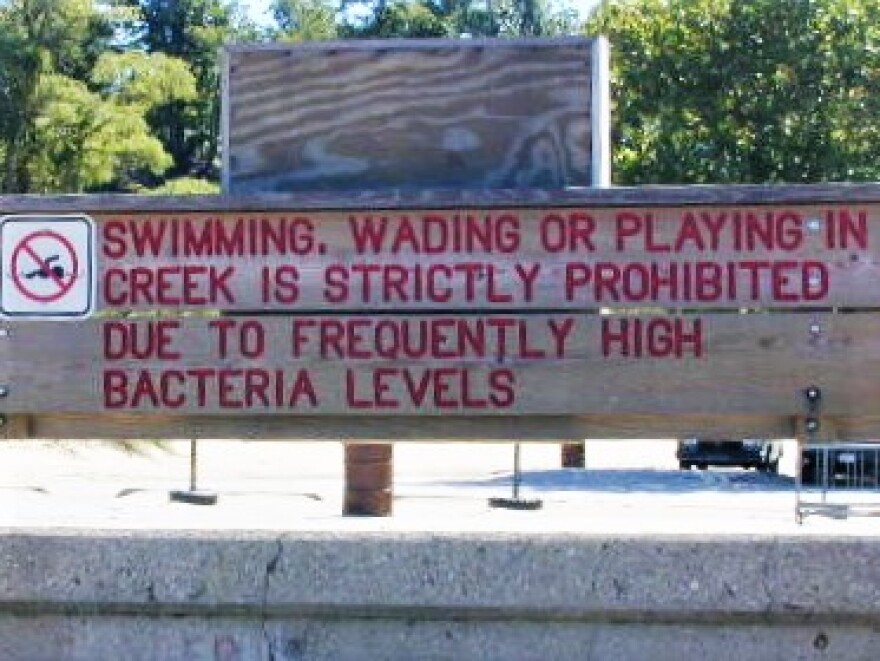A new report looks at some of the most polluted beaches in Michigan. In 2019, several dozen of Michigan’s beaches tested were unsafe at one point or another.
While pollution from sewage and livestock farms on Michigan’s beaches has been getting better over the last couple of decades, recently, tests show a dip in progress.
“Keeping human waste and keeping fecal material off our recreational beaches is our goal to make sure that those beaches are open and safe for swimming, safe for our kids, safe for picnics, safe for those days at the beach,” said Joan Rose, a professor of water quality and an expert on waterborne pathogens at Michigan State University.
The environmental group Environment Michigan Research and Policy Center looked at the data from last year. It found of 196 beaches tested, 78 were potentially unsafe for at least one day, exceeding the U.S.

Environmental Protection Agency’s bacteria threshold for safe swimming. People can get sick from certain pathogens in the water such as E. coli.
“The pollution of our coastal system contributes to potentially hundreds of different kinds of waterborne pathogens that can come from both animals and human waste,” Rose said.
Some of the beaches at Saginaw Bay, Lake St. Clair, and Pier Park in Wayne County had the worst records of pollution last year. Environment Michigan called on policymakers to do more to prevent fecal pollution on Michigan’s Great Lakes beaches.



